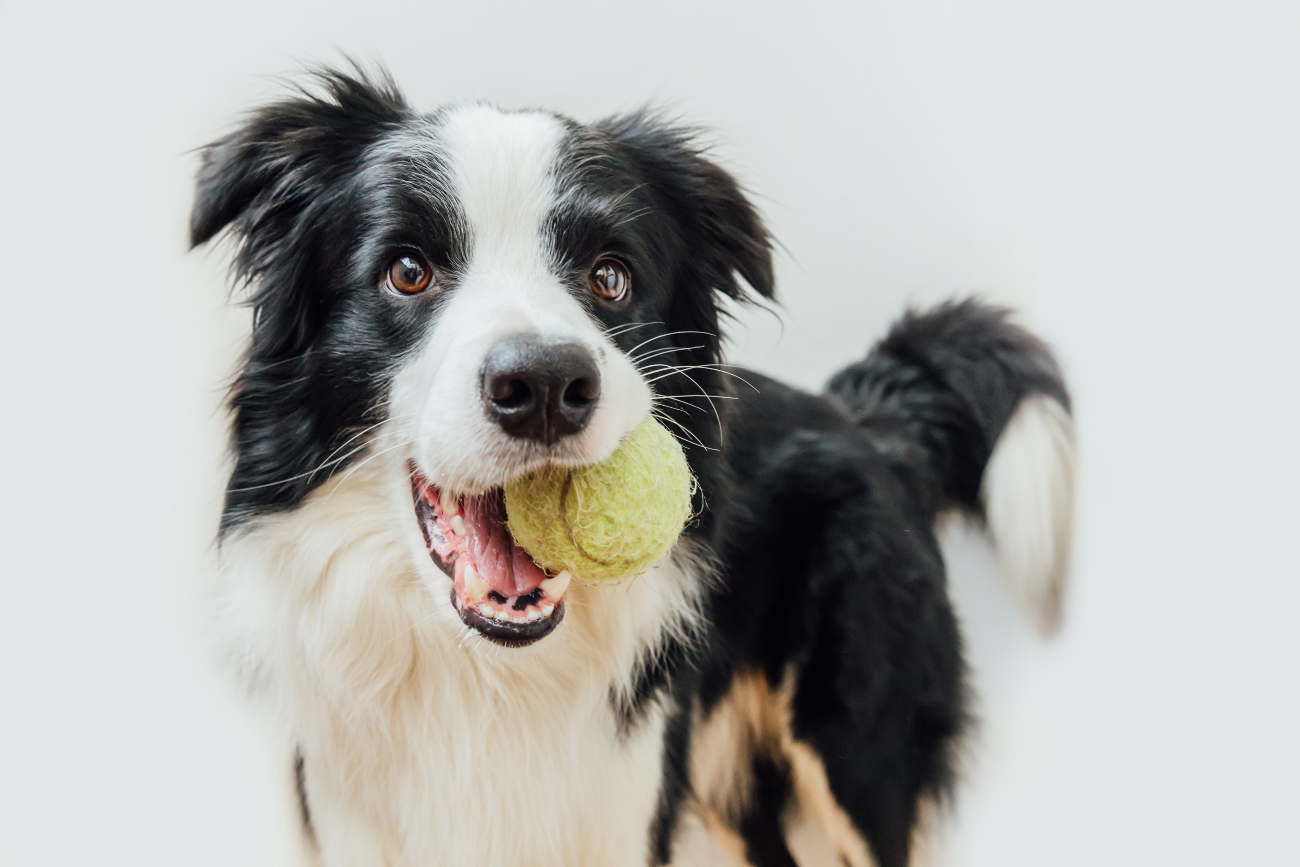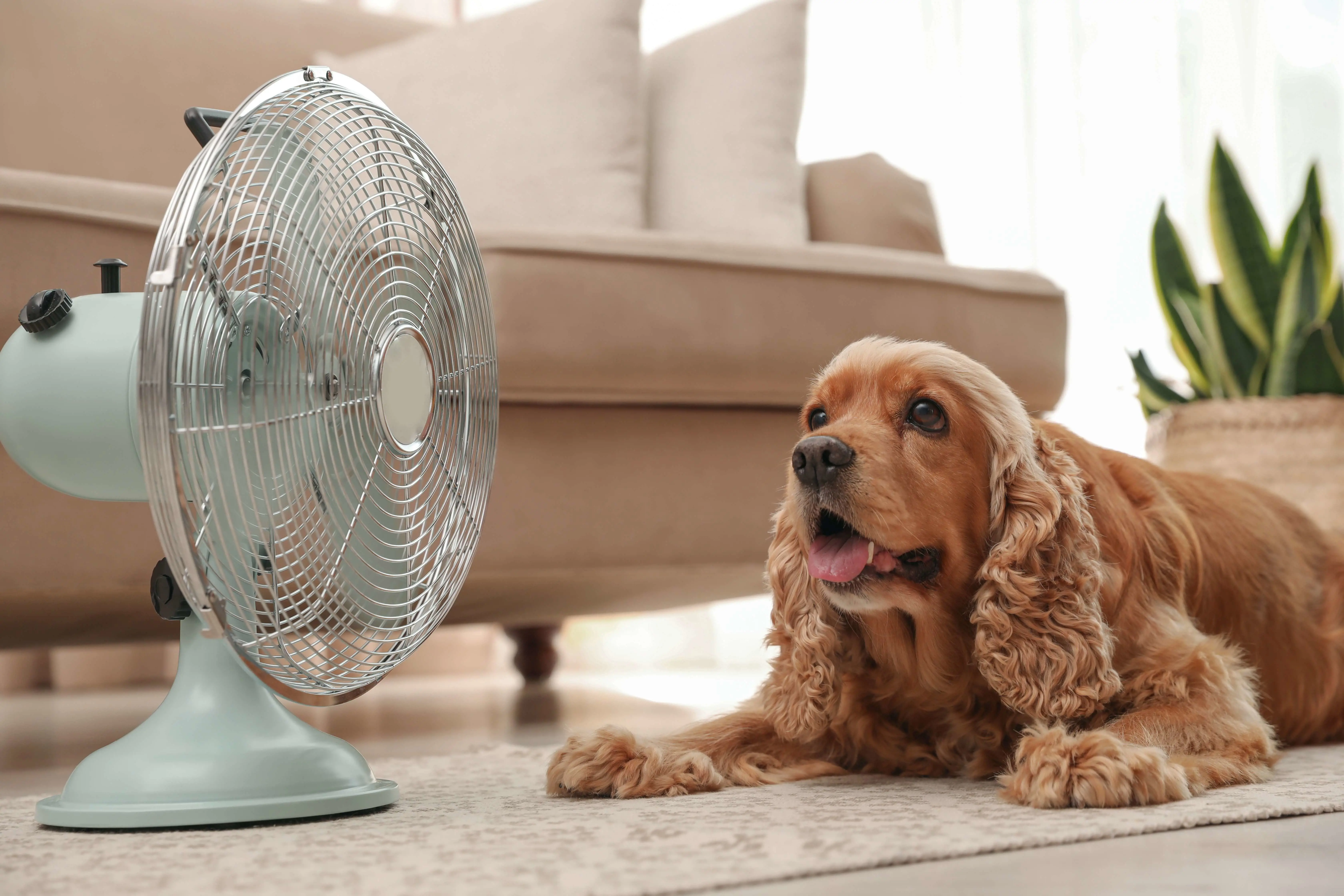What jobs can dogs do
31st May, 2024
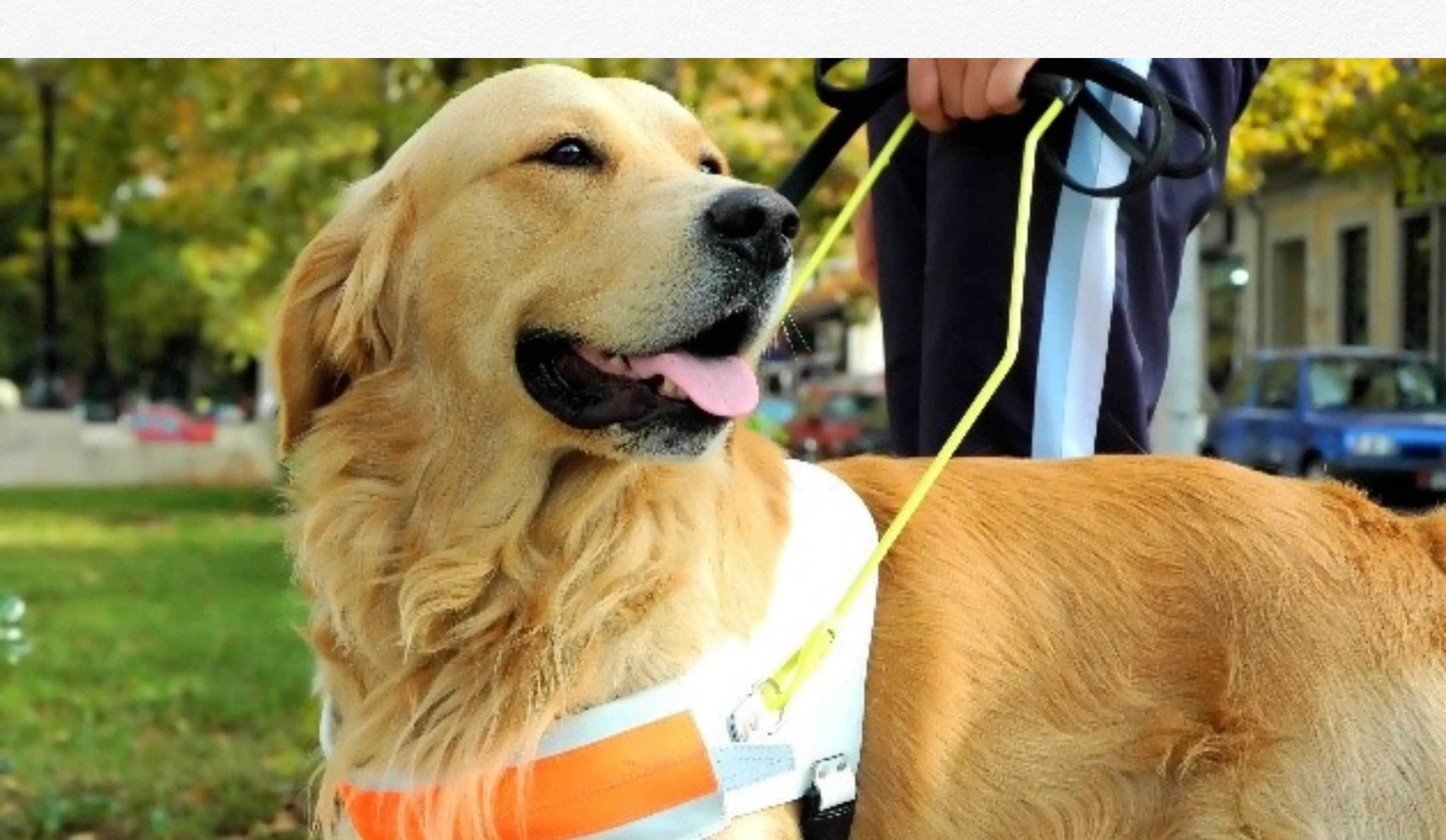
Service dogs
Thousands of disabled people rely on an assistance dog to help them with day-to-day activities that many people take for granted. You may be surprised to learn that it is not only blind people that are helped by assistance dogs.
Assistance dogs are also trained to help people with hearing difficulties, epilepsy, diabetes, physical mobility problems and more. Assistance dogs carry out a variety of practical tasks for people as well as supporting their independence and confidence.
Assistance dogs are not pets. They are treated as ‘auxiliary aids.’
Most are instantly recognisable by a harness or jacket. However, the law does not require the dog to wear a harness or jacket to identify it as an assistance dog.
Some, but not all assistance dog users, will carry an ID book giving information about the assistance dog and the training organisation together with other useful information. Assistance dogs can also be owner trained. The owner selects their own dog to fit their own requirements.
Service and assistance dogs are often a lifeline to their handlers, offering more freedom and a boost to overall wellbeing. Keep reading to find out more about the types of service dogs and the amazing jobs they do.
Guide dogs
Guide dogs are amongst the most common assistance dogs you'll encounter. Specially trained to support blind and visually impaired people, guide dogs have been used for this purpose for centuries and there's much debate about where the practice of training them began.
Typically, Labradors and Golden Retrievers are favoured for this job as they're smart, lovable, highly trainable and their kindly appearance makes them seem less threatening to those in public who may be fearful of dogs. What's more, Labradors possess soft mouths, making them excellent at picking things up for their handlers.
Hearing dogs
Just as dogs can help the visually impaired, they can also assist those with hearing loss. These incredible service dogs can inform their owners about smoke alarms, doorbells, oven timers and even crying babies!
When they hear the noise, the assistance dog is trained to place a paw upon their handler, then lead them either towards or away from the noise, depending on the cause.
Once again, Labradors and Golden Retrievers are extremely popular choices for this type of service dog, but recently other breeds such as Poodles and Miniature Spaniels have been used too.
Seizure alert and response dogs
There are some dogs which can be trained to recognise when their handler is about to have a seizure and can call for help and position themselves to protect them during the episode.
In fact, larger support dogs can even move their owners away if they're in a dangerous location such as a road. As dogs are so in tune to our emotions, it's thought that they can sense the behaviour change prior to a seizure and can be taught to detect and respond accordingly.
However, there have been reports of some owners saying that their pet dogs have predicted a seizure coming, with no training at all!
Mobility assistance dogs
Mobility assistance dogs offer an invaluable service to those with mobility impairments. They can assist with tasks including everything from opening doors, turning on lights, pressing buttons and can also be taught to fetch items for their handlers.
Larger breeds such as Labradors, Golden Retrievers, Samoyeds, and Rough Collies tend to be more favoured for these jobs as they need to be strong enough to assist their handlers, potentially provide balance and support their weight.
Autism service dogs
People with autism can have difficulty navigating social settings and often, an autism service dog can be a great help and mostly importantly, a great friend. These support dogs can help with overall confidence, whilst also providing emotional support, stress relief and help their handlers connect with people.
Children with autism can also be more likely to run away or wander off and an autism service dog can protect, keep track of them and alert parents when their child is in a dangerous situation.
Psychiatric service dogs
Psychiatric service dogs can provide emotional support for those suffering from mental health disorders. Typically, those with PTSD, anxiety, or depression benefit from this type of service dog as they can help to make them feel safer, whilst also detecting oncoming panic or anxiety attacks or flashbacks.
Psychiatric service dogs provide their owners with some much-needed peace of mind and can be trained to ensure locations are safe prior to entering, such as the home, by going in first and then turning on lights by operating foot pedals.
What's more, they can also offer their handlers more personal space by creating a barrier between them and other individuals.
Police dogs
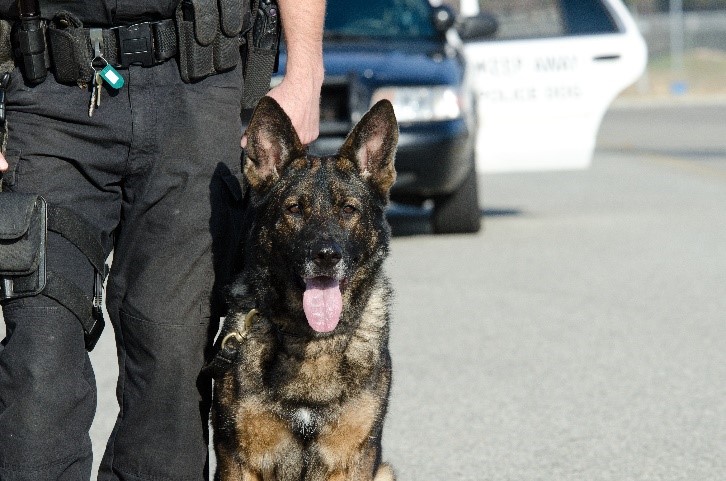
There are around 2,500 police service dogs operating within police forces across the UK, half of which are in the General-Purpose Dog Unit.
General Purpose Police Dogs are multi-disciplined canines who are trained to undertake a wide range of skills, including:
- Tracking suspect
- Missing person searches
- Finding and recovering evidence
- Public order and patrols
- Aid in controlling dangerous dogs
- Protect the handler in dangerous situations and discourage threatening behaviour
Having these dogs trained in such a broad manner makes them a highly valuable addition to territorial police forces across the UK.
While English Cocker Spaniels, Springer Spaniels and Labradors are used for more specialist roles like bomb and firearm detection, German Shepherd Dogs or Belgian Malinois are the two common breeds used in the general-purpose unit.
Training police dogs in the UK is an extensive and specialised process. Dedicated officers, of varying police ranks, work with both the dogs and their handlers to ensure effective teamwork.
The training involves obedience, agility, scent detection, suspect apprehension, and search techniques. The dogs learn to respond to verbal and visual cues, navigate obstacles, and follow scent trails.
The training process emphasises positive reinforcement and rewards to reinforce desired behaviours.
Detection dogs
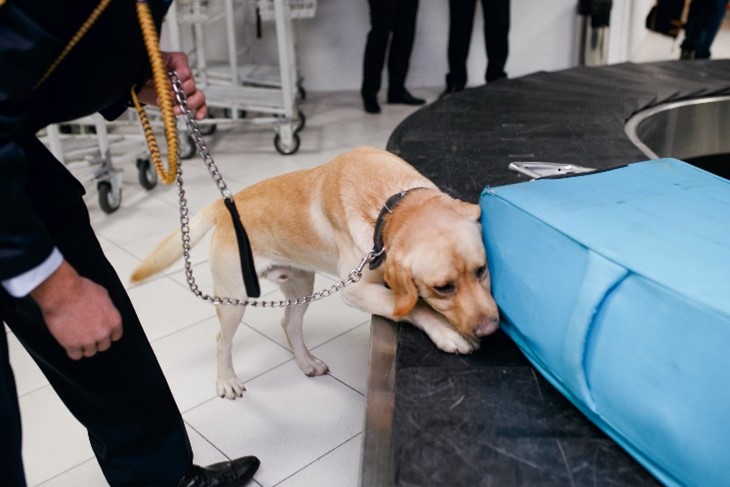
Dog noses are far more powerful than human noses, around 2000 times more so in fact! These super-powered snouts can follow human scents (including people who are lost or hiding), detect drugs, explosives and even human remains. Some police dogs are specially trained as arson dogs and can pick up scents or traces of accelerants on arson sites.
If that's not enough, there are even cadaver dogs which are taught to detect decomposing bodies, sniffing them out even if they're under water or if a body or remains have been moved from a location.
In fact, according to The Guardian, in October 2013, a man was convicted of the first-degree murder of his wife, despite no body being located due to the scent of human remains being located on a rug by a cadaver dog.
Search-and-Rescue dogs
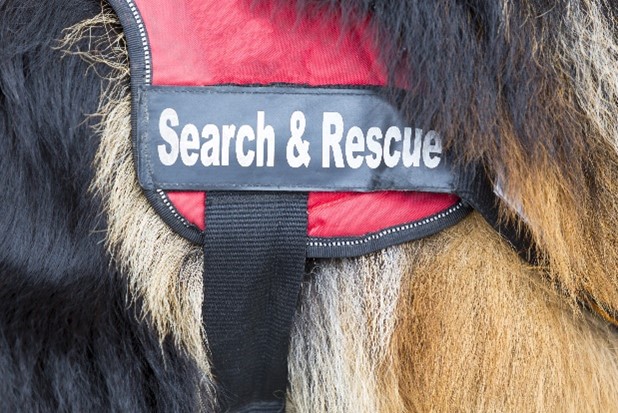
The National Search and Rescue Dog Association (NSARDA) is an umbrella organisation representing Search Dog Associations in the UK, Isle of Man and Eire. NSARDA holds the standards by which search dogs are trained and qualified.
NSARDA currently trains and qualifies search dogs to find persons that:
- Are believed to be missing
- May have drowned
- May be in a collapsed building
- May be deceased
Each of the individual Search and Rescue Dog Associations is a voluntary, charitable organisation responsible for the training and deployment of search and rescue dogs to search for and find the thousands of vulnerable missing persons that get lost every year.
People go missing in all types of terrain including the mountains and moorlands as well as lowland rural and urban areas. In fact, people go missing almost anywhere you can imagine.
NSARDA Search Dogs are used to search for the many different types of missing people such as hill walkers, climbers, the elderly and confused persons that may be suffering from Alzheimer’s and Dementia, those that are despondent, children, and sometimes victims of crime.
There are about 8.5 million dogs thought to be in the UK of which 0.001% are Search and Rescue dogs so you can understand how special they really are!
Search and rescue dogs are normally trained when they’re puppies and training can take two to three years. Although it’s possible to train civilian dogs to search and rescue, trainers prefer to start when they are still young in order to enforce the skills needed.
When they are puppies, handlers identify vital traits that would lend themselves to the training process. SAR dogs need to be obedient, disciplined, have a friendly nature, be comfortable around strangers and unfamiliar places, and have a strong desire to please.
Once these traits are identified in a canine candidate, the handlers are able to begin search and rescue training where the dogs are taught to:
- Ignore all distractions when tracking (like other animals)
- Identify human scent and breath
- Alert its handler to their location
- Recall and find – where the dog is able to lead its handler to a location
Reinforcement training plays an important role in the process. Just like all forms of training a dog, a reward system is implemented whenever the dog completes a task quickly and successfully.
All dogs have an excellent sense of smell making any breed technically viable to be search and rescue trained, but some are better suited to the job than others.
As most search and rescue work involves trekking across miles of terrain or manoeuvring through rubble, medium and larger breeds are preferred as they generally have stronger legs, better stamina, and are quicker.
Common search and rescue breeds are:
- German Shepherds
- Labrador Retrievers
- Golden Retrievers
- Bloodhounds
- Border Collies
- Belgian Shepherds
- Therapy work
Therapy dogs are very different to emotional support and service dogs as they're not trained to live with a specific handler, and they're also not given the same permissions to access public spaces like other assistance dogs.
Therapy dogs are trained to go out to locations such as hospitals, hospices, schools, nursing homes and mental health facilities and offer comfort and companionship. Lots of different dog types can be considered for this job, they just need to possess the right temperament.
All therapy dogs must be calm, even in unfamiliar, busy environments and when surrounded by loud noises and movements. Additionally, due to the fact that a lot of people will want to pet them, they'll need to be fine with being handled by a variety of people!
Herding dogs
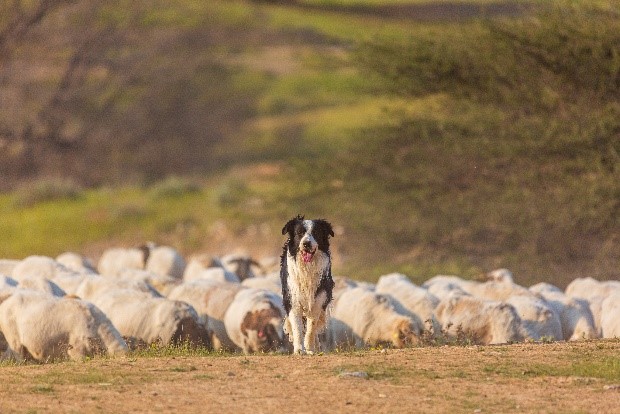
A herding dog, also known as a stock dog or working dog, is a type of dog that either has been trained in herding livestock or belongs to one of the breeds that were developed for herding. A dog specifically trained to herd sheep is known as a sheep dog or shepherd dog.
There are many different breeds of herding dogs, each with its own unique characteristics. Some of the most popular herding breeds are known for their intelligence, energy, loyalty, and affection. They make great companions for people who are active and enjoy spending time outdoors.
Dogs were first used to assist sheepherders in the 1570s, but other varieties were bred for different herding tasks. Herding breeds are quick and agile, able to work on any terrain, and well-suited for short bursts of high speed.
These dogs, even the compact breeds, are strong and muscular, possessing proud carriage of head and neck. Herding dogs perceive even the slightest hand signals and whistle commands to move a flock or seek out strays.
Herding dog breeds include:
- Australian Cattle Dog
- Australian Shepherd
- Bearded Collie
- Belgian Sheepdog
- Border Collie
- Welsh Corgi
- German Shepherd
- Old English Sheepdog
Can a working dog also be a pet at the same time?
Working dogs have been bred to do a job. It may have been more common in the past and they don't necessarily have a job to do anymore, but many breeds are still bred to be rescue dogs, guide dogs, guard dogs, and trackers.
Working dogs can be trained to do some amazing things, and will be incredibly loyal to their trainers, so they make amazing companions.
Most of them are larger breeds, so you will need plenty of space for them, and they'll need plenty of walks each day. These dogs are definitely better suited to country living – unless they're in the city for work, of course.
Advantages
The amazing sense of loyalty and companionship will likely be much stronger in a working dog than most other breeds, and they can be great around kids as well.
While they are large, they're not necessarily the most energetic breeds available, which means they'll gladly curl up and relax with their owners – provided you give them enough attention while they do so.
Disadvantages
That work ethic comes with a price – if working dogs don't get enough exercise or attention, or don't have enough toys to keep them occupied, they can become bored, which can result in destructive behaviour.
Frequently asked questions
What career can I have with dogs?
Dogs are highly social animals, and many cultures consider them to be important members of the family, regarding them to be man’s best friend; this, in turn, means there are many different careers and job opportunities working with dogs.
There are many jobs and dog career opportunities in the veterinary, pet care, dog training and animal charity sectors.
Let’s take a look into some of the most exciting career options working with dogs:
- Veterinary Surgeon
- Veterinary Nurse
- Canine Hydro-therapist
- Kennel Worker
- Dog Groomer
- Dog Behaviourist
- Dog Handler
- Assistance Dog Trainer
- Dog Walker
What is the hardest working dog?
Labrador Retriever
The Labrador Retriever is the perfect working breed for many tasks. As their name implies, they love to retrieve things, which makes them well-suited for the task of being a therapy dog or aiding people with disabilities.
Sturdy on their feet, these pups can be held onto for support. Their shiny coat is easy to care for, and their loving personality will fit into any family unit.
German Shepherd
Topping the chart at #2, the German Shepherd is ready and willing to go the distance with any task you put before them. Their strong herding instinct makes them perfect for farm life, their protective nature keeps them employed as a police or security dog, and their sweetness and way of movement puts them first place as a guide dog. Nothing can stop them.
Border Collie
Need a dog that will go and go? The Border Collie has never ending energy and enthusiasm for whatever task is put before them!
Definitely a top pick for farmers, this pup will herd cattle or sheep and round up just about anything! Their sweet disposition makes them a perfect family pet, and their soft, medium length fur can be easily cared for!
Golden Retriever
This amazingly affectionate pup is well-suited for assisting disabled people and for therapy dog work. They seem to always be smiling, which will take away the blues on any day!
Their build is sturdy with a flowing medium coat, and their gentle nature combine to work well with those needing a friend to hold onto. "Goldies" are a working fan favourite!
Siberian Husky
This pup can sure pull, and they are put to this task often by their owners. Pack sleds or family-filled sleds are no problem for these hardy pups. This medium sized, but husky dog is friendly and always seems to be happy.
Running is a favourite pastime, so any working environment that features movement is perfect and will be suited for the Siberian!
Source: Working Dogs: Most Common Jobs for Dogs and What They Do - Julius-K9® dog harness
Helpful Pages
Recent Posts
Pet Insurance Quote
- 98% claims paid *
- Claims paid directly to vets
- 24/7 vet video consultations
- Interest free monthly payments

